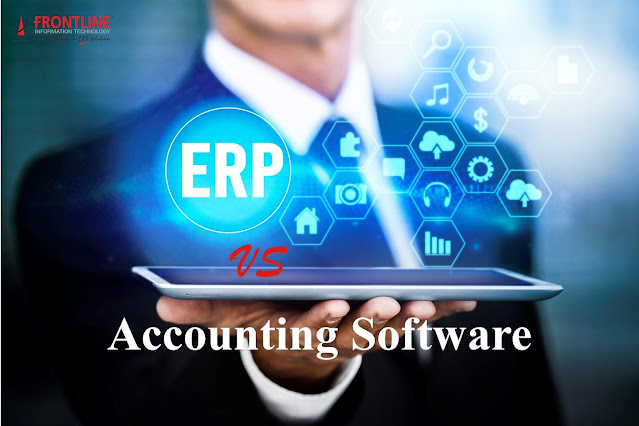Business Intelligence: A Vital Link in ERP Strategy
While defining ERP strategy,
many organizations neglect one of the highest value-added aspects of their
enterprise systems: business intelligence. For the last few decades, companies
have been heavily investing in new ERP systems. However, throughout those
investments, business intelligence has been overlooked.
Business intelligence is a
pretty vague term when absent of context, so it’s understandable why some
executives gloss over this important aspect of ERP systems. Here are a few
things to consider when incorporating business intelligence into your ERP
strategy:
Business
intelligence, reporting, analytics and dashboards can help deliver a majority
of ERP system benefits. Many executives focus on reducing
costs with their ERP initiatives. Increased efficiencies reduced IT maintenance
costs and streamlined business processes are often the primary reasons for
implementing new ERP systems. But most organizations
have spent years–or decades–wringing inefficiencies out of their businesses.
With that said, there are only so many incremental improvements that can be
made.
Business intelligence, on the
other hand, can drive better decision-making, planning and visibility into both
your operations and your market. Because of this, quantum leap improvements are
more likely to be seen throughout your initiative.
Business
intelligence focuses on holistically enabling technologies rather than
myopically on a single ERP system. In
recent years we have seen a shift away from single ERP systems and more of an
openness to adopt a variety of technologies outside the normal realm of ERP vendors. By focusing on the desired end results
from a business intelligence perspective, you may find that outlying
technologies will better deliver what you are trying to accomplish. For
example, eCommerce, mobile solutions and integration to other non-ERP systems
can often enable better business intelligence and decision-making beyond what
traditional enterprise software can. And, with more robust and flexible
integration tools available today, best-of-breed solutions don’t have the same
stigma as they did in years past.
Business
intelligence enables more significant business process
reengineering. Just because business
intelligence capabilities deliver more possibilities doesn’t mean that the
capabilities themselves will deliver the actual results. Business process reengineering must go hand-in-hand
with those initiatives. If not, it’s just another form of expensive shelf ware.
Before implementing business
intelligence – either with or without a new ERP system – be sure to define how
better analytics, reporting and data can improve your business processes. Of
particular importance are those business processes that could be the most affected
by better data and decision-making, such as customer service, supply chain
planning and financial planning.
Business
intelligence provides direction to your data strategy and data migration
efforts. Most organizations and
their ERP consultants tend to focus on simply migrating old
data from a legacy system to the new ERP system. We’ve all heard the phrase
“garbage in, garbage out,” so it is important to ensure that the data in the
new system supports new business intelligence capabilities.
For example, your current
legacy system may not have the historic sales information in the format
required to support more advanced sales demand planning (which could drive
inventory reductions and top line revenue growth benefit opportunities). You
may need to track down the data and bring it into the new system. A solid
business intelligence strategy will ensure that your data migration strategies
aren’t simply bringing bad or useless information over to your new system.
Business
intelligence is enabled by effective organizational change management
activities. Just as is the case with any
enterprise software implementation or digital transformation,
a business intelligence initiative is only as good as the people executing it.
If the new business intelligence tool is going to drive better customer
insights, then customer service clerks and other employees touching the
customer experience will need to have redefined business processes, roles and
responsibilities, organizational design and accountabilities to support the new
focus. Your business intelligence initiative should be part of a greater,
longer-term plan, so be sure to invest the necessary resources in organizational change management to make that
transformation possible.




Comments
Post a Comment